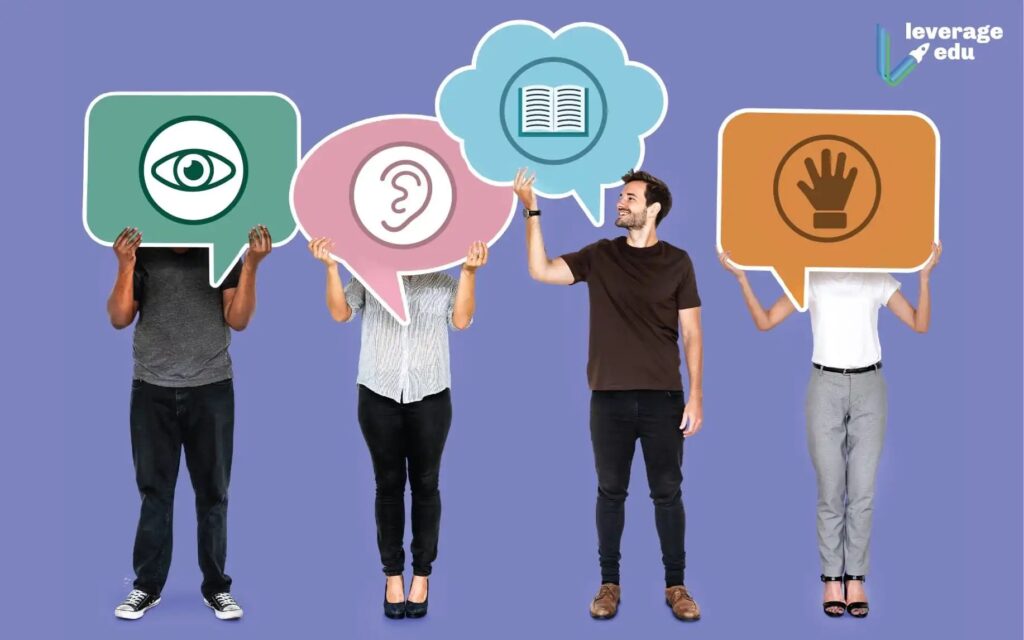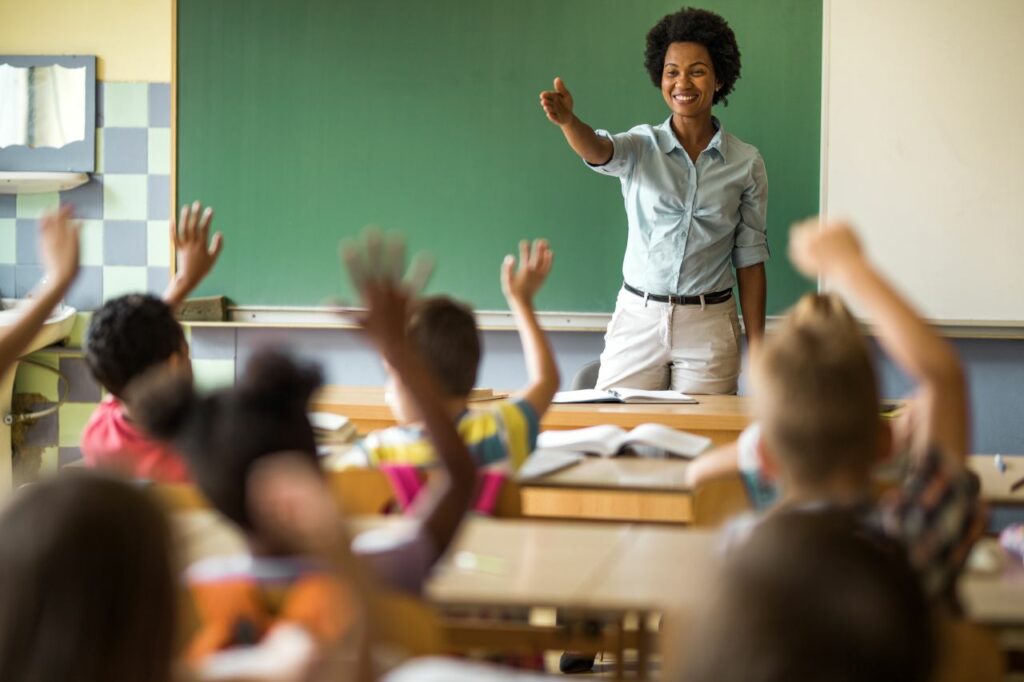My Thoughts Before Reading the Articles
Before reading the articles, I was familiar with the concept of learning styles and had often encountered them in educational settings. As a student and later as a summer school instructor, I was introduced to the idea that people have different learning preferences. The learning styles I was familiar with were visual, auditory, and kinesthetic. The idea that learning should be tailored to individual preferences made sense to me and I believed that offering personalized learning experiences based on students’ preferred learning styles would improve engagement and retention of material.
In practice, I would often design lessons and activities with these preferences in mind, thinking that if I provided visual aids for visual learners or hands-on activities for kinesthetic learners, students in my summer classes would benefit more. I also saw students taking learning style quizzes and felt this personalized approach was a simple and effective strategy to enhance learning.

What I Learned from the Articles
After reading the articles, my understanding of learning styles has changed. The research presented in the articles debunked the validity of the learning styles myth and demonstrated that there is little evidence to support the idea that adapting lesson plans to suit learning styles can support learning outcomes. Studies have found that while students may express preferences for certain types of activities, aligning instructional methods strictly with these preferences does not necessarily lead to better learning.
Reading the articles taught me the method of Universal Design for Learning (UDL), which focuses on reducing barriers to learning by offering multiple means of engagement, representation, and expression. Instead of attempting to target a specific learning style, the UDL framework suggests providing a variety of materials and activities to reach diverse learners. By adopting approaches based on research, I can design lesson plans that promote engagement and understanding across different types of learners.

My Current Understanidng
This new information has made me realize that my previous beliefs about learning styles were oversimplified. I now understand that while students may have preferences for how they engage with information, these preferences are not fixed or necessarily associated with better learning outcomes. Instead, research shows that offering multiple forms of content, like hands on activities or discussion, is a much more effective method to support diverse learners.
I also see that focusing on design learning experiences that are flexible and inclusive, rather than trying to personalize learning based on a student’s supposed “style” means creating an environment where students can engage with material in various ways. Using this method, I can ensure that all learners, regardless of their learning references, have equal opportunities to succeed.
What I Will Do With This Information
Moving forward, I will adjust how I approach learning design. Instead of focusing on catering to specific learning styles, I will prioritize creating learning experiences with multiple forms of content. For example, I will continue to use visual aids and diagrams, but I will also include interactive discussions, real-world applications, and written explanations to ensure that all students have multiple pathways to engage with the content.
Additionally, I will encourage my colleagues and peers to adopt a more flexible, research-based approach to lesson planning. I will also encourage them to embrace Universal Design for Learning, which supports the diverse ways students access and engage with material. By embracing a more inclusive learning design, I can help create more equitable learning environments for all students.

References
Allvia. (2023). Teaching [Image]. https://blog.allviaedu.com/wp-content/uploads/2023/09/Guide-To-Teaching-Large-Classes-Of-Children_AllviA_230926.jpg
Ellii. (2023) Universal Design Learning [Image]. https://esllibrary.s3.amazonaws.com/uploads/post/title_image/2414/Emily_A-Quick-Guide-to-Universal-Design-for-Learning_Banner.png
Link3recruitment. (2023). Learning Styles [Image]. https://www.link3recruitment.co.uk/wp-content/uploads/2023/10/VARK-Learning-Styles-768×480.jpg



